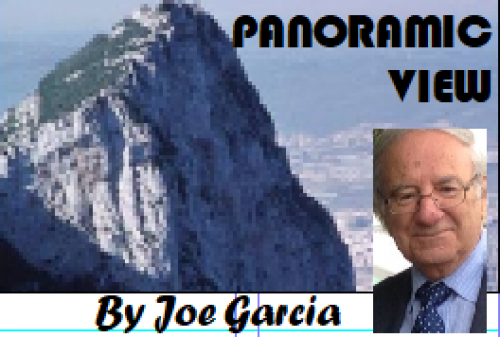
It will be a three-party fight, but normally elections in Gibraltar polarise into two, with the third party not getting anywhere.
Of course, there are factors that influence what the end result will be in this respect. A strong party will get elected into government - and the other two could well split their seats in parliament.
How the split will end up will be dependent on the strength of the two opposition parties. Some years ago, when the Integration party were strong, they made inroads and got 5 elected. This allowed them to form the government in a coalition with the smaller Isola Group. And the AACR, who had obtained more seats than either of them, did not have an absolute majority, so this opened the door for the link-up of the two smaller parties.
So, really, all is possible in an election.
At the last election in November 2015, it was a two-party fight. It was a landslide win for the GSLP/Liberals, with the GSD ending up in the opposition.
At that election, all the GSLP/Liberal candidates were in the top half of the list.
Then came the 7 elected GSD candidates led by Daniel Feetham. Second in their list was Marlene Hassan Nahon, who subsequently abandoned the GSD to form her own party, the Together Gibraltar.
In that election, three of the GSD candidates were not elected.
Bottom of the elected GSD list was Lawrence Llamas who has now decided not to stand for re-election; in the government slate, Neil Costa came out sixth - now he, too, has decided not to re-stand.
So, new faces are to emerge in both the GSLP/Liberals and in the GSD. In the Together Gibraltar slate, all are new with the exception of their leader, although she was elected with the GSD.
So, it remains to be seen how strong the Together Gibraltar of newcomers, with the exception of their leader, will be - and what will happen in the GSD who up to now, its leader Keith Azopardi, has been unelected.
Quite a number of new factors about to add excitement to what can be described as 'the Brexit election'.
18-09-2019 PANORAMAdailyGIBRALTAR